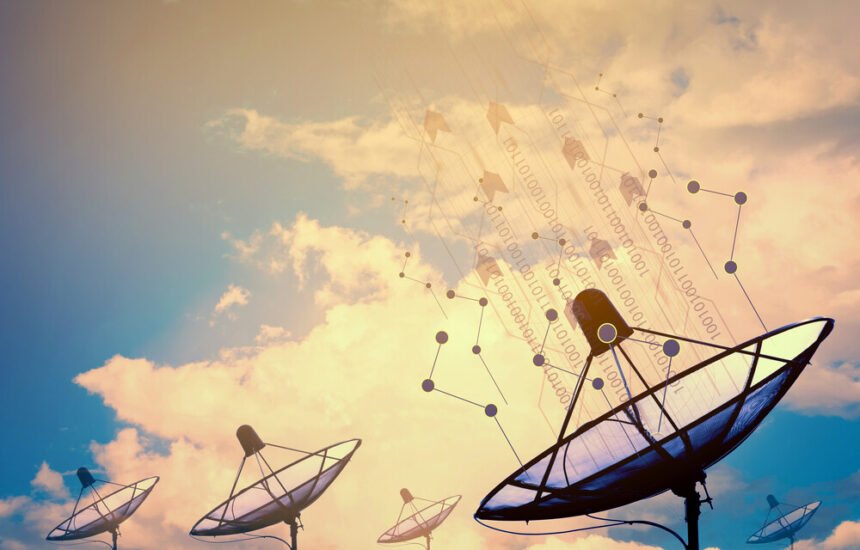In 2010, I expected that analog technology would soon be obsolete. I have never been more wrong about anything in my life. While analog media is no longer relevant, there are many other types of analog devices that are as important as ever. This technology was segregated from the digital world, until the IoT was born.
Analog Technology is Far From Obsolete
David Robertson of Electronic Design Magazine states that the role of analog data keeps growing every year and it will play a very important role in the Internet of Things.
“As the digital revolution races along at full pace, one may wonder whether analog signal processing is becoming obsolete or if it has been relegated to a “pad driver” function. In fact, several important industry trends are expanding the need for analog and mixed-signal circuits.”
Georgia Tech Institute for Electronics and Nanotechnology also published a paper stating that analog technology is far from obsolete.
It is true that many forms of analog technology have gone the way of the dinosaur. I haven’t seen an analog film in years and probably never will again (outside a museum).
However, many devices we use every day still depend on analog technology. Every device with sensors is an analog device. Your refrigerator, clock and fitness tracker are common examples of analog devices you use every day.
These tools must convert physical sensory inputs into usable data. This is a feature digital technology will never be able to replace.
What does Analog mean for the IoT?
The IoT depends on these devices for usable data. It must be converted from analog signals to digital data before it can be used.
Hadoop and other take up data extraction and storage tools make it possible to store many different types of structured and unstructured data. They can create data sets that are provided by analog devices that are part of the IoT network. However, this wouldn’t be possible if they have a way to convert the data to a digital format first.
Ironically, demand for analog technology is being propelled due to advances in the very technology pundits expected to replace it. Big data has created the foundation for the IoT. However, the IoT also wouldn’t be possible without analog sensors on physical devices. Since the dawn of the IoT, countless new sensors have been developed to track data on these devices.
Of course, these analog sensors wouldn’t complement the IoT if they didn’t:
- Have the ability to convert analog data to digital
- Have the capacity to transfer it to a big data storage server
New sensors are being designed specifically for the IoT. They can easily convert to digital formats and connect to an IoT network.
Types of Analog Devices that Are Connecting to the IoT
There are a number of analog devices that are being used for the IoT. Here are some of the biggest disruptors.
Fitness and Health Monitoring Devices
Fitbit and many other health tracking devices have become a major fad in recent years. While they primarily collect data for the user, they can have an even more important purpose – storing health data for healthcare providers. The data can be stored on the IoT and made available to patients’ doctors.
TV Antennas
After reading reviews on TV antennas, I have found that many TV antennas are capable of capturing both digital and analog signals. Advertisers and networks are interested in this data, so they can provide more relevant content to their recipients.
Refrigerators
Smart refrigerators hit the market about a year ago. They have a number of features that their traditional counterparts lack, such as allowing you to check spoilage from your phone.
Car Systems
Smart technology is changing cars more in ways we never expected. According to research from Business Insider, over $8 trillion worth of smart cars will be sold by 2020.
Analog Sensors Are the Key to the IoT
The IoT is evolving at a remarkable pace. It wouldn’t be possible if didn’t have a way to convert analog data. New analog sensors will change the market in the years to come.






